You may know it as ‘Dirty House’ – now, The Rogue Room brings 21st-century wellness to Shoreditch
The Rogue Room – set in the building formerly known as Dirty House by Sir David Adjaye, now reinvented by Studioshaw – bridges wellness and culture in London's Shoreditch
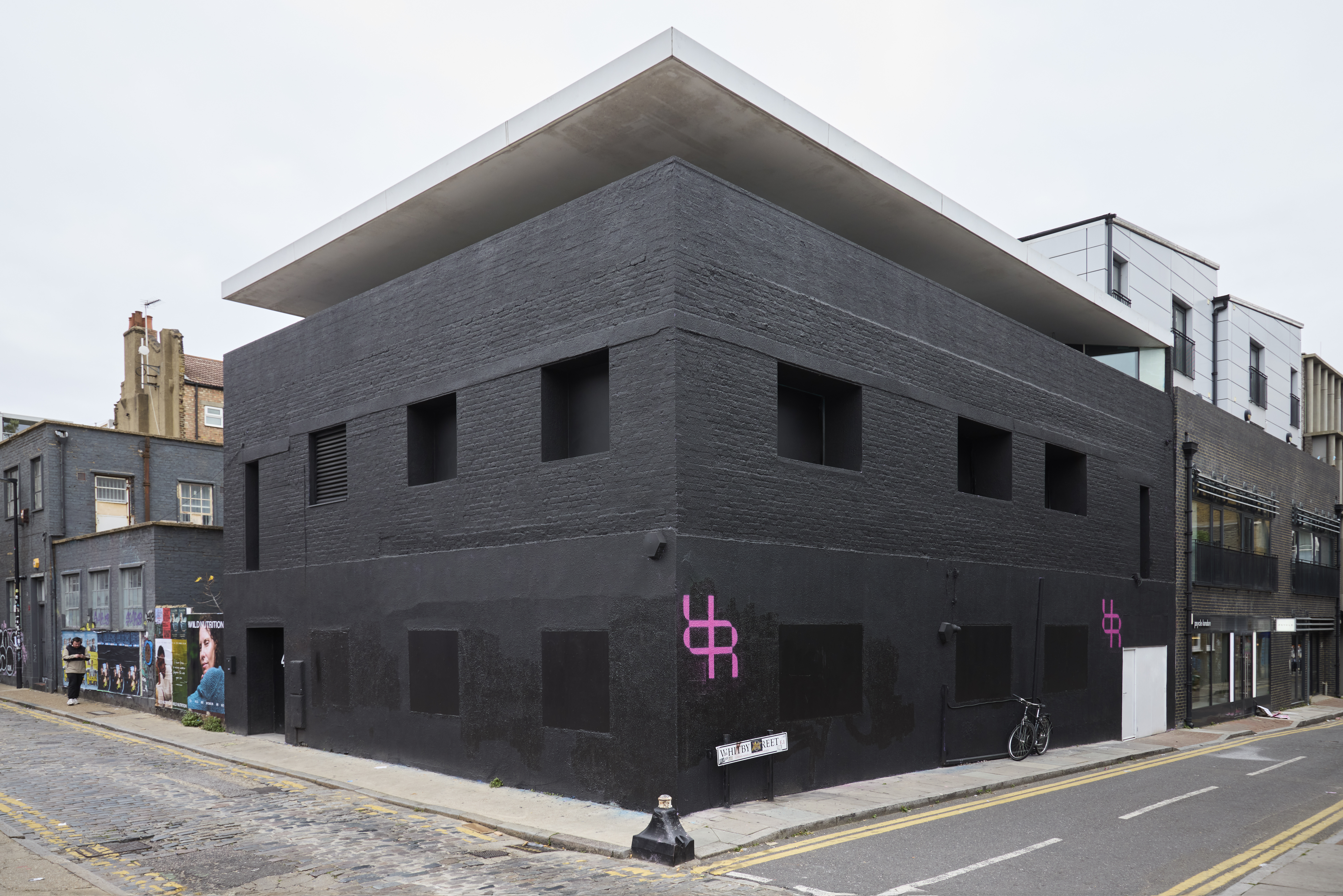
The Rogue Room, the culture-led 21st-century wellness brand founded in 2020 by entrepreneur Rozana Hall, has landed in Shoreditch. This is marked by a new flagship, housed in the dark, cubic volume of what was formerly known as Dirty House, originally designed by Sir David Adjaye (more buildings by the architect in this part of London include artist Sue Webster's home, Mole House).
The new hub has been sensitively and sustainably redesigned for its new use by Studioshaw, aiming to bridge wellness, culture, and east London's unique creative character and heritage.
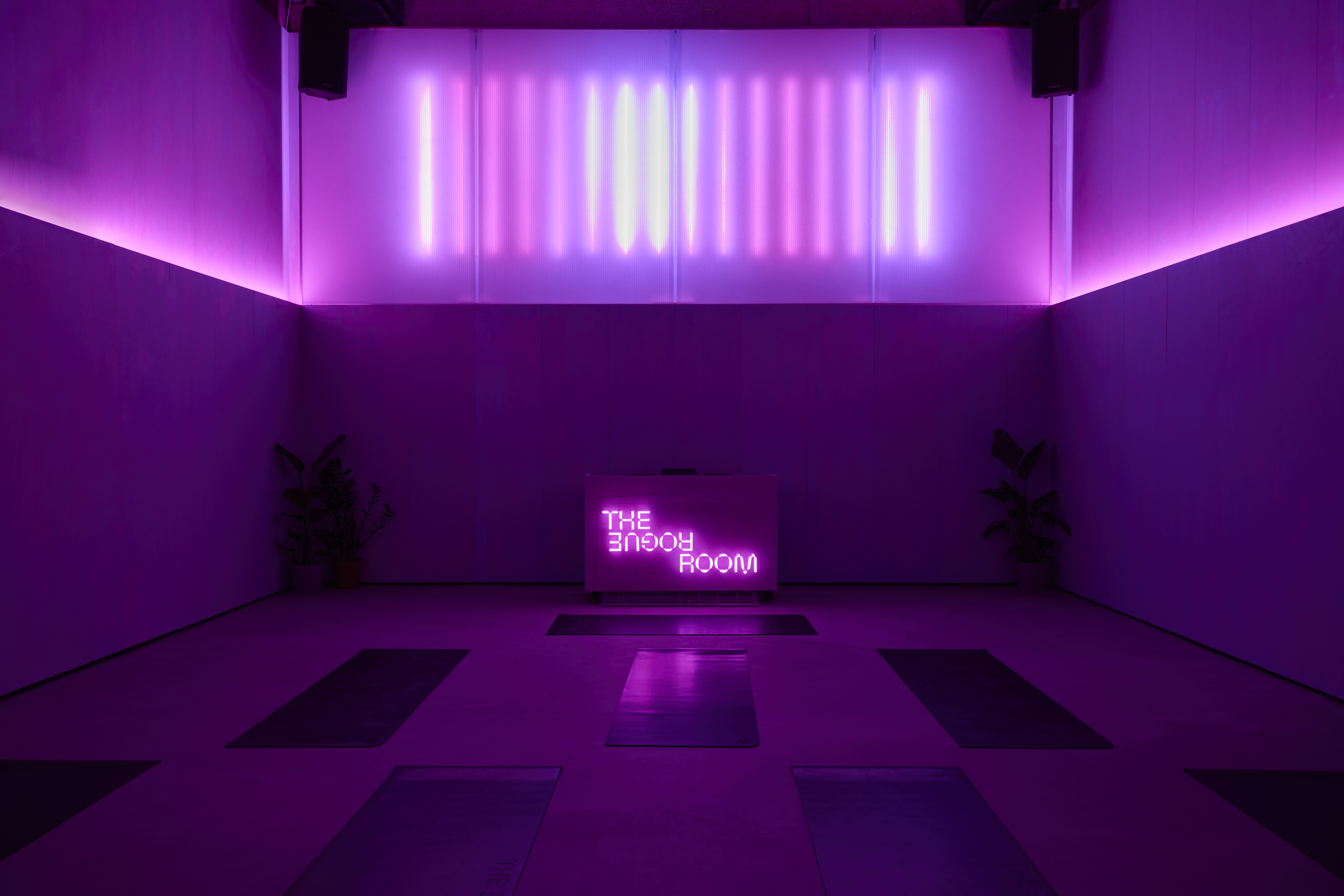
The Rogue Room
The Rogue Room was designed to offer a range of multisensory experiences. Cross-disciplinary and physical as much as it is atmospheric, the new space will house anything from music-driven yoga to sound healing, dance, and callisthenics. A NOLO (no- and low-alcohol) café service, cultural talks, and live DJ-led sessions also take place within the flagship.
In order to tick all the boxes for this wide range of events, Mark Shaw, director at Studioshaw had to think creatively, working with dynamic lighting that responds to the circadian rhythm, and live music blended with a state-of-the-art sound system crafted in collaboration with AlphaTheta.
'We wanted to honour the building’s place in Shoreditch’s architectural story, while future-proofing it for a very different use,' says Shaw. 'The Rogue Room isn’t just another fitness studio: it’s a culture-driven wellness venue where architecture actively participates in the user’s emotional and physical journey.'
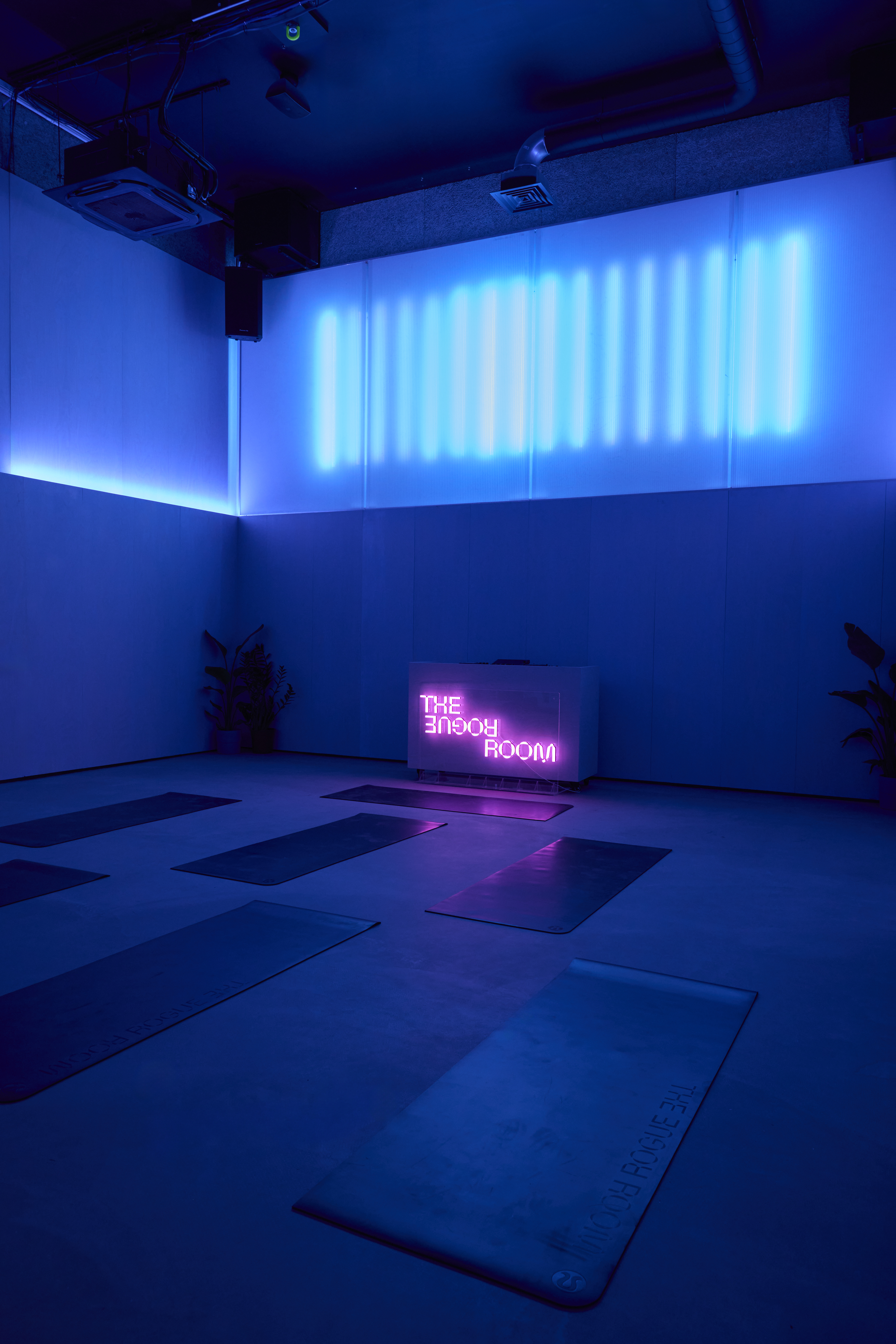
The adaptive reuse approach works with the existing building's strongly minimalist, almost-mysterious character. The original bold, clean silhouette and distinctive black-painted brick façade are maintained. Meanwhile, the interior architecture was retrofitted to adapt to the structure's new social and wellness mandate that outlined a strongly sensorial and human-centred space.
Birch-faced plywood and wood wool form the main material language. A 'compressed', more intimate entrance space leads out to a dramatic, expansive main double-height studio interior at the building's heart. Right above are the café and social spaces.
Receive our daily digest of inspiration, escapism and design stories from around the world direct to your inbox.
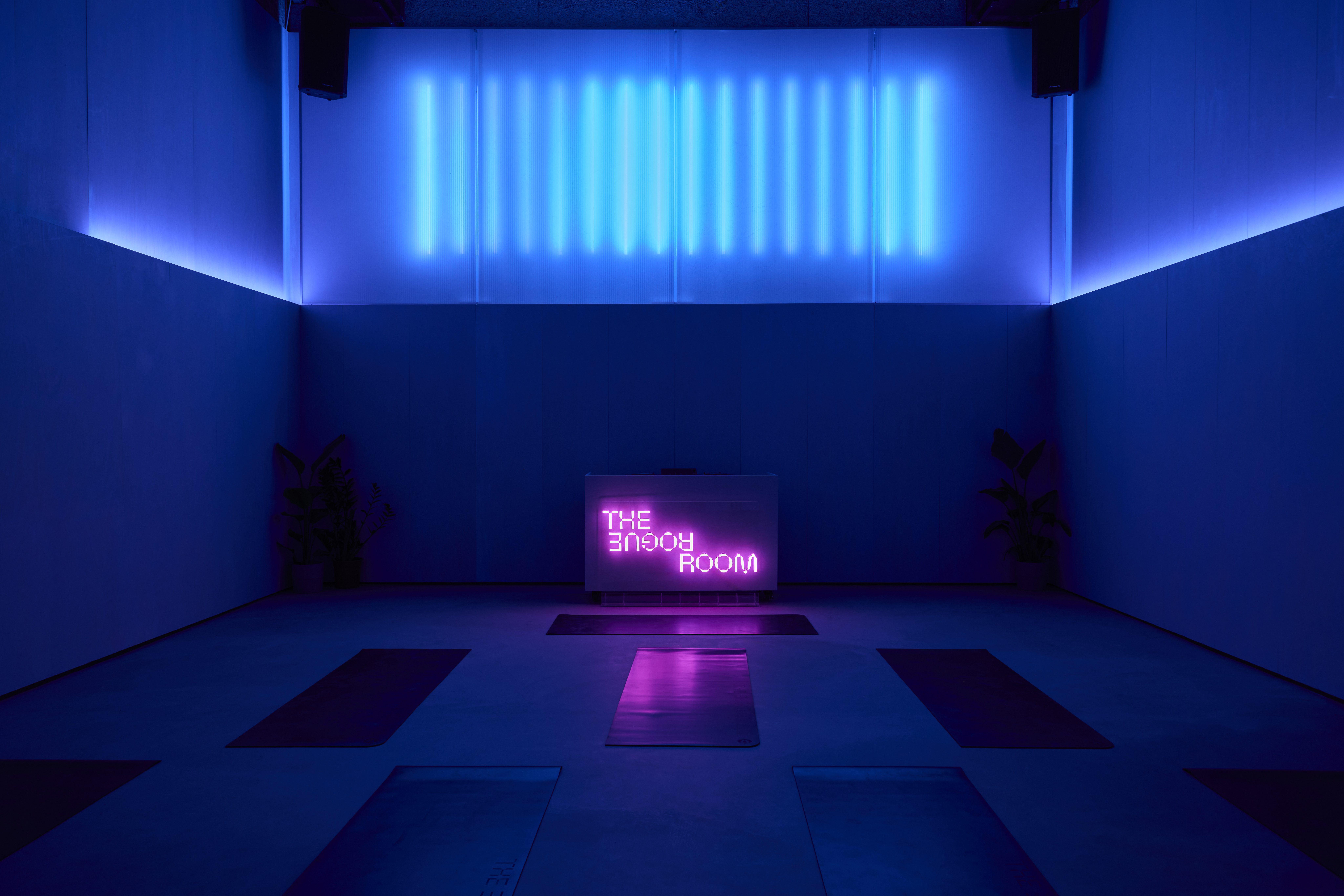
Rosie Hall said: 'We’re living through a mental health pandemic. Anxiety, disconnection, and burnout have become the background noise of a generation. The Rogue Room is our direct response, an antidote to the clinical, exclusive, and commodified world of wellness. Studioshaw completely understood this brief and brought it to life in every architectural detail, creating a space where people can gather in commune and find connection through culturally rich programming that speaks directly to modern wellness seekers.'
The Rogue Room, 4 Chance Street, Shoreditch, London E1
Ellie Stathaki is the Architecture & Environment Director at Wallpaper*. She trained as an architect at the Aristotle University of Thessaloniki in Greece and studied architectural history at the Bartlett in London. Now an established journalist, she has been a member of the Wallpaper* team since 2006, visiting buildings across the globe and interviewing leading architects such as Tadao Ando and Rem Koolhaas. Ellie has also taken part in judging panels, moderated events, curated shows and contributed in books, such as The Contemporary House (Thames & Hudson, 2018), Glenn Sestig Architecture Diary (2020) and House London (2022).
-
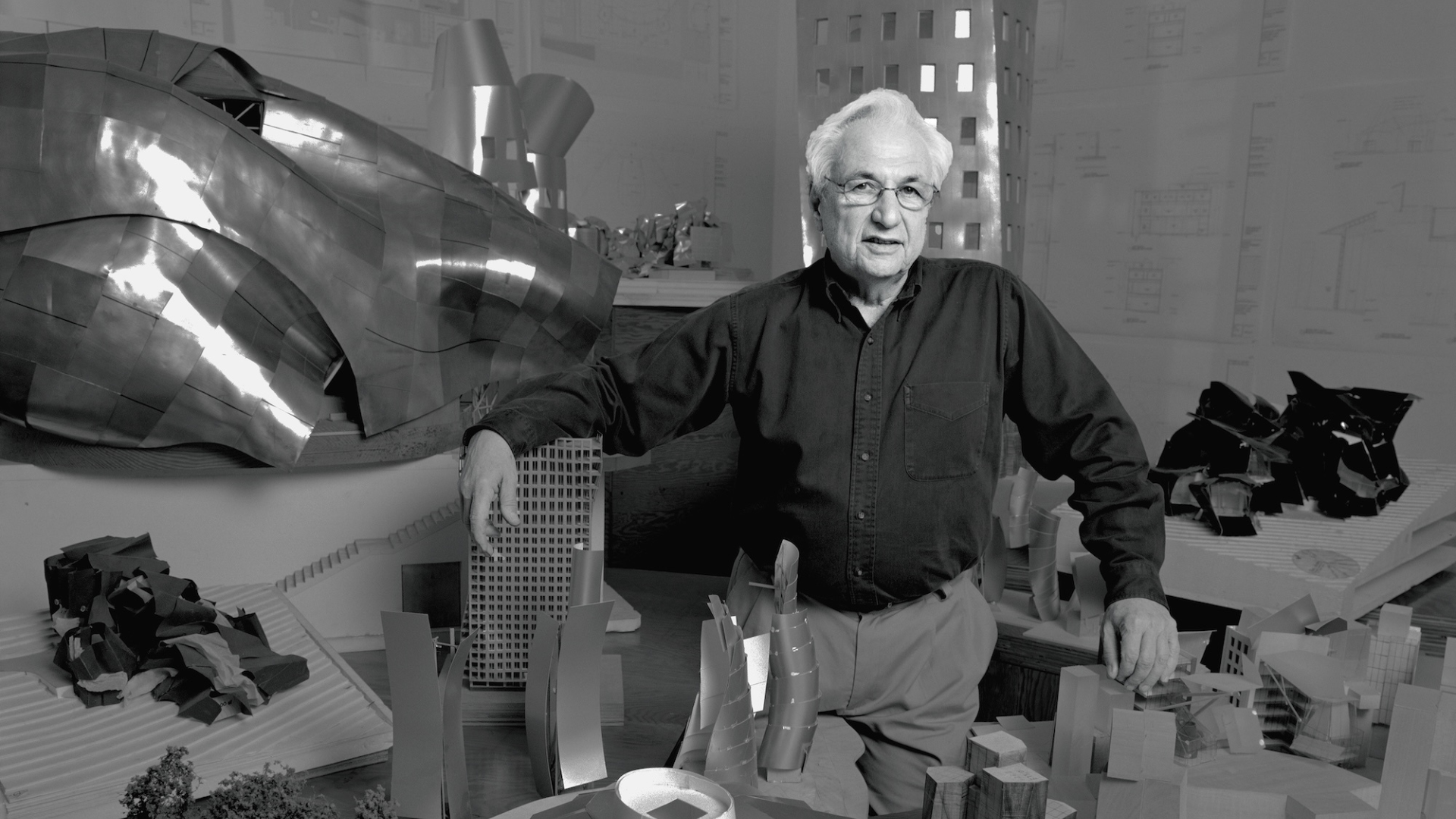 Remembering Frank Gehry, a titan of architecture and a brilliant human being
Remembering Frank Gehry, a titan of architecture and a brilliant human beingLong-time Wallpaper* contributor Michael Webb reflects on the legacy of the Los Angeles architect, who died today at age 96
-
 Lexus finally confirms the name of its all-electric LFA Concept supercar
Lexus finally confirms the name of its all-electric LFA Concept supercarStill designated a design study, the Lexus LFA Concept should be the successor to the most unlikely of all 20th-century supercars
-
 King of cashmere Brunello Cucinelli on his new biographical docu-drama: ‘This is my testimony’
King of cashmere Brunello Cucinelli on his new biographical docu-drama: ‘This is my testimony’Directed by Cinema Paradiso’s Giuseppe Tornatore, ‘Brunello: the Gracious Visionary’ premiered in cinematic fashion at Rome’s Cinecittà studios last night, charting the meteoric rise of the deep-thinking Italian designer
-
 A revived public space in Aberdeen is named Scotland’s building of the year
A revived public space in Aberdeen is named Scotland’s building of the yearAberdeen's Union Terrace Gardens by Stallan-Brand Architecture + Design and LDA Design wins the 2025 Andrew Doolan Best Building in Scotland Award
-
 The Architecture Edit: Wallpaper’s houses of the month
The Architecture Edit: Wallpaper’s houses of the monthFrom wineries-turned-music studios to fire-resistant holiday homes, these are the properties that have most impressed the Wallpaper* editors this month
-
 A refreshed 1950s apartment in East London allows for moments of discovery
A refreshed 1950s apartment in East London allows for moments of discoveryWith this 1950s apartment redesign, London-based architects Studio Naama wanted to create a residence which reflects the fun and individual nature of the clients
-
 In this Cotswolds home, drama meets minimalism
In this Cotswolds home, drama meets minimalismCotswolds home Hiaven house, with interiors designed by McLaren Excell, is a perfect blend of contemporary chic and calm, countryside drama
-
 David Kohn’s first book, ‘Stages’, is unpredictable, experimental and informative
David Kohn’s first book, ‘Stages’, is unpredictable, experimental and informativeThe first book on David Kohn Architects focuses on the work of the award-winning London-based practice; ‘Stages’ is an innovative monograph in 12 parts
-
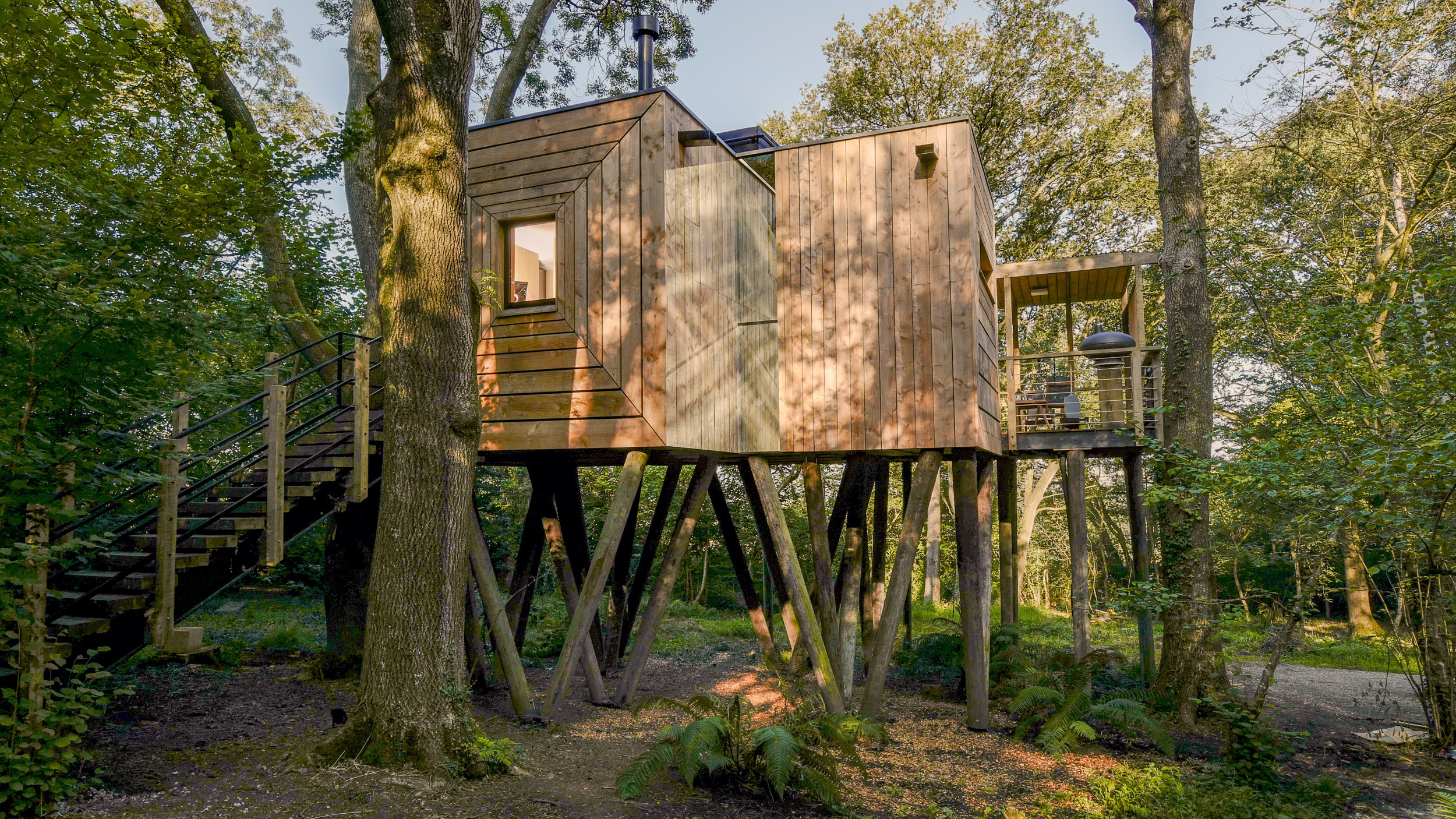 Find solace in the forest at this expansive treehouse retreat in Dorset
Find solace in the forest at this expansive treehouse retreat in DorsetFor sale for the first time, a treehouse, Mallinson’s Woodland Retreat, is a tribute to the skill of designer and master craftsman Guy Mallinson
-
 Modernist Scotland explores the country’s impressive legacy of contemporary architecture
Modernist Scotland explores the country’s impressive legacy of contemporary architectureA new book, Modernist Scotland, delves into the art and ambitions of the International Style in post-war Scotland, presenting 150 projects that typify an age of optimism and innovation.
-
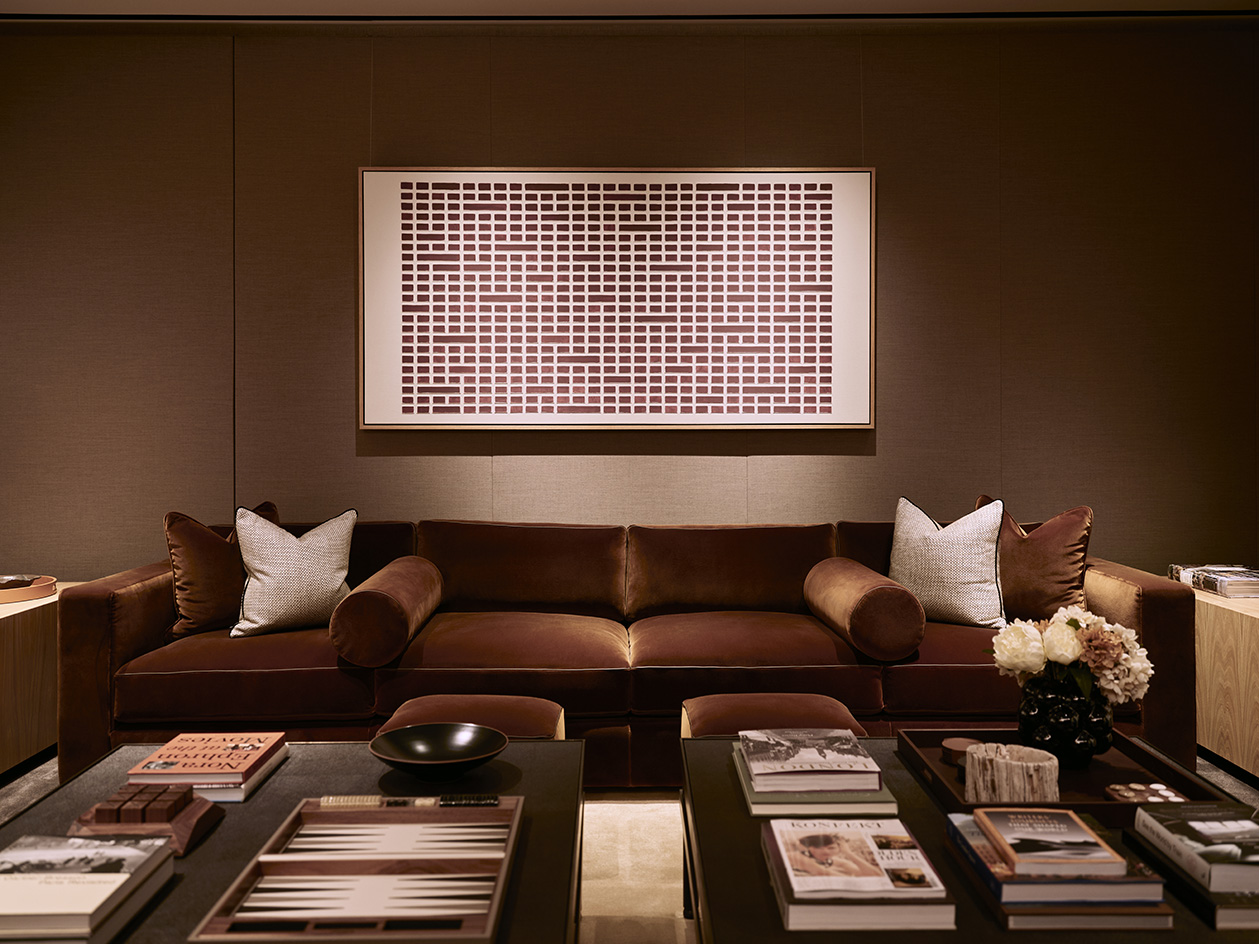 100 George Street is the new kid on the block in fashionable Marylebone
100 George Street is the new kid on the block in fashionable MaryleboneLondon's newest luxury apartment building brings together a sensitive exterior and thoughtful, 21st-century interiors